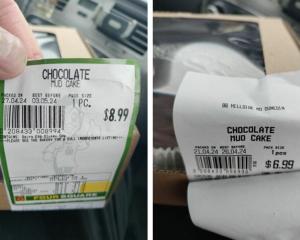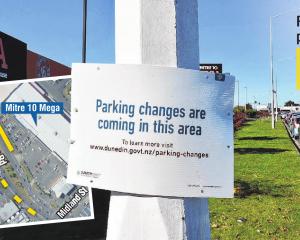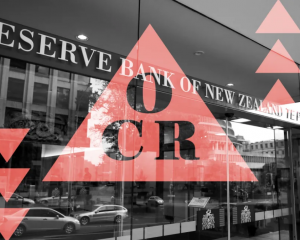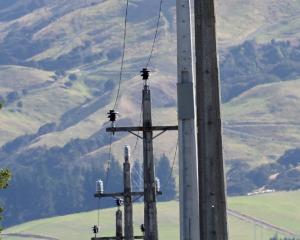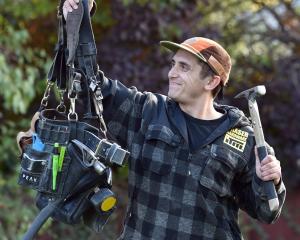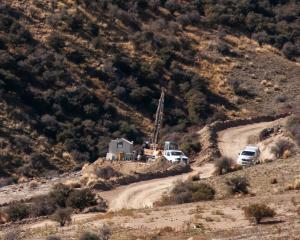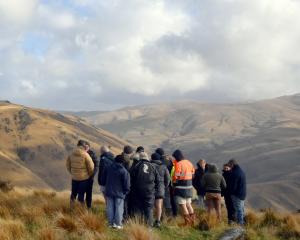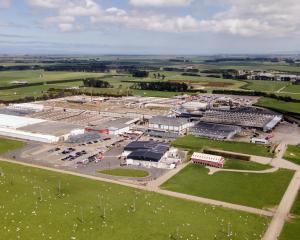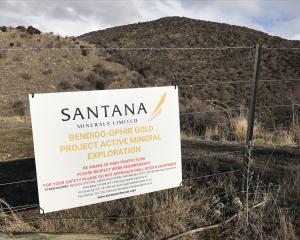The New Zealand Institute of Economic Research warned this week of a double-dip recession, with principal economist Shamubeel Eaqub saying the recovery had reversed.
"We expect wintry economic conditions this summer."
But BNZ economist Doug Steel said the economy continued to "push forward", judging from the results of a recent business survey.
"Indeed, there is even a hint of acceleration in the confidence and activity indicators as we head into year's end."
Mr Eaqub said critical indicators such as house sales and domestic trading pointed to a slow finish to the year, even without the destruction of the Canterbury earthquake in early September.
A double-dip recession could not be ruled out, although Mr Eaqub said it was not the institute's central scenario. Instead, the institute expected weak activity over coming months, before a more sustained recovery from mid-2011.
The growth hiccup, distant inflationary pressures and escalating global risks meant the Reserve Bank would hold the official cash rate steady for longer, he said. The first OCR increase was not now expected until June next year.
Economic growth was expected to recover from 1.7% in 2010 to 2.3% and 2.9% in 2011 and 2012, but the recovery would be shallow and volatile.
Global risks had escalated in recent months as the fallout from the global financial crisis continued. Quantitative easing, fiscal austerity and bailouts were prevalent.
The solution to the global crisis was less spending and more saving. However, that would hurt New Zealand's exports, with 41% of these going to countries with public debt of more than 50% of gross domestic product, Mr Eaqub said.
Global currency issues would affect the New Zealand dollar, which would remain high for some time. The options for managing the appreciation were limited and could cause more harm than good.
Businesses should plan for a shallow economic recovery, he said. Economic activity would be weak through early 2011, but the institute expected a more sustainable and broad-based recovery from mid-2011.
"For businesses with tight capacity, this is the time to invest. For those with excess capacity, it will be a case of prudent risk management in the soft patch," he said.
Mr Steel said the lift in the activity outlook in the ANZ-National Bank business confidence survey was in keeping with his forecast of stronger economic growth through next year.
Other indicators were also encouraging. Employment and investment intentions had lifted, as had firms' profit expectations. Employment intentions and profit expectations were both above their long-term averages.
"The construction sector stands out in showing both the biggest gains in both confidence and activity outlook from a month ago. Moreover, these indicators are well above their long-term averages."
There was no doubt people were watching the La Nina weather pattern, he said.
The BNZ had been highlighting the risk to summer-autumn pastoral production and the dry conditions in the north of the North Island this early in the growing season did not look good.
Mr Steel said the other major theme was a general easing in inflation indicators. The clearest sign of this was in pricing intentions of firms. That fell to 17.7 in November from 25.2 in October and 30.3 in September. The Reserve Bank would take some comfort from the inflation signals dimming a touch, he said.
The indicators were not calling for immediate action from the bank. The BNZ had March pencilled in for the next OCR rise, but with a warning that because of the subdued property market, risks to agricultural production and renewed global economic growth concerns, the next hike might be later than anticipated, Mr Steel said.



